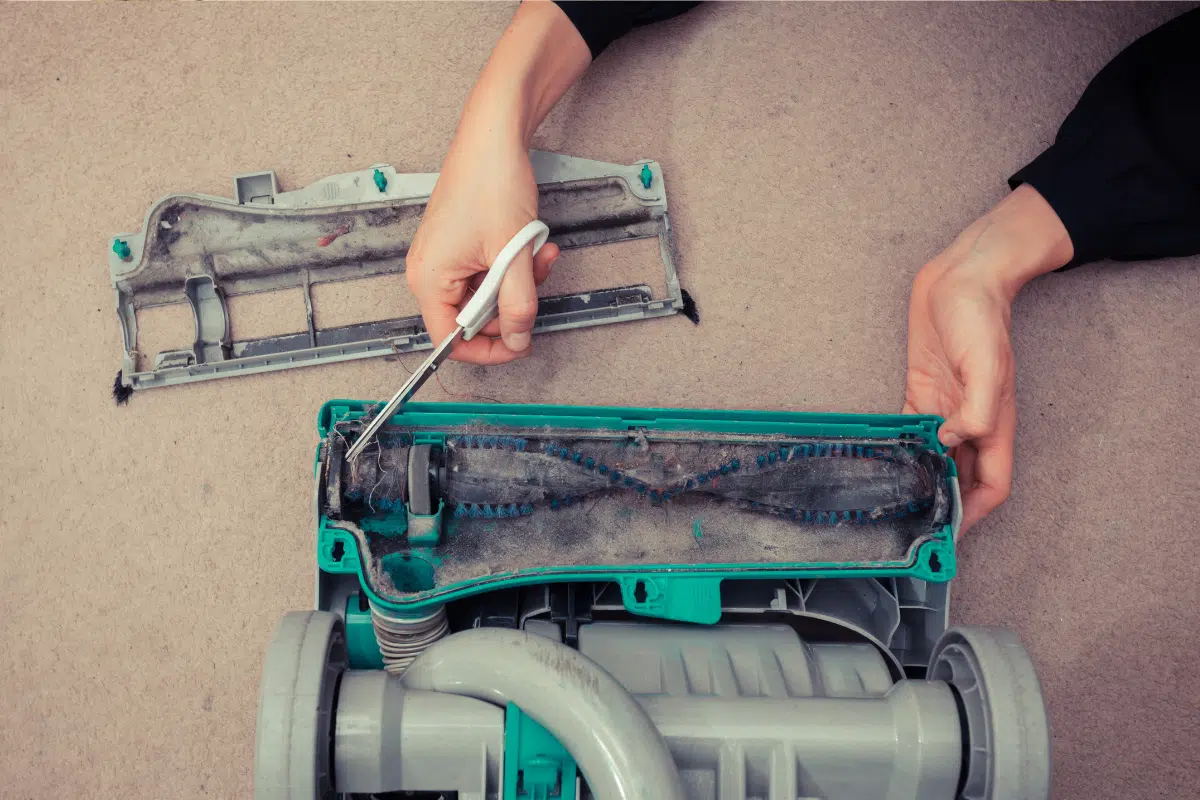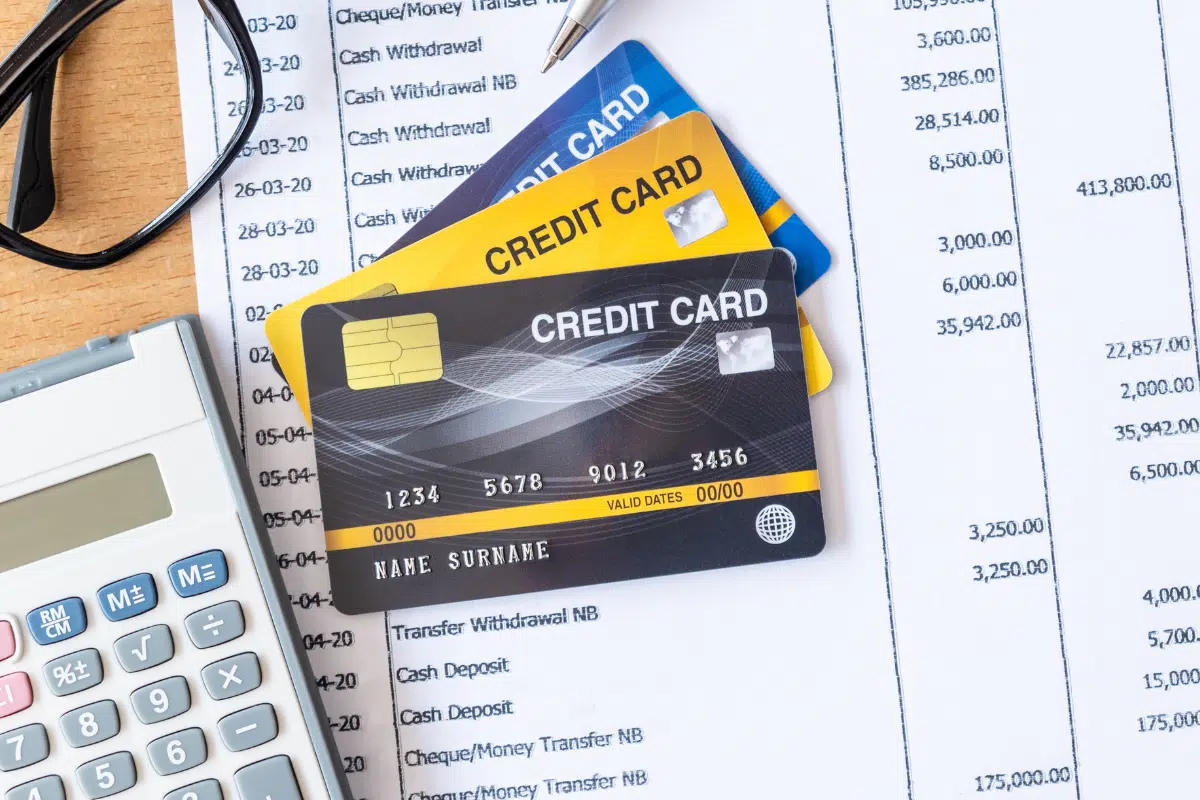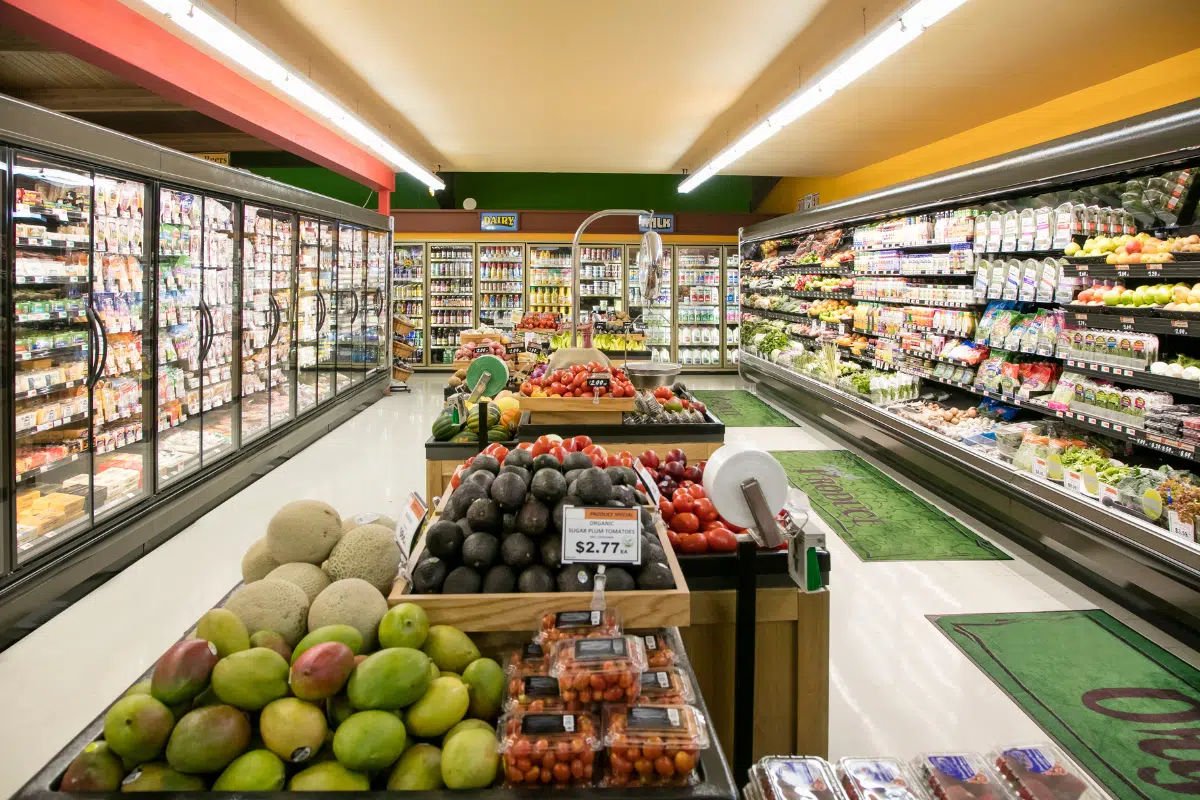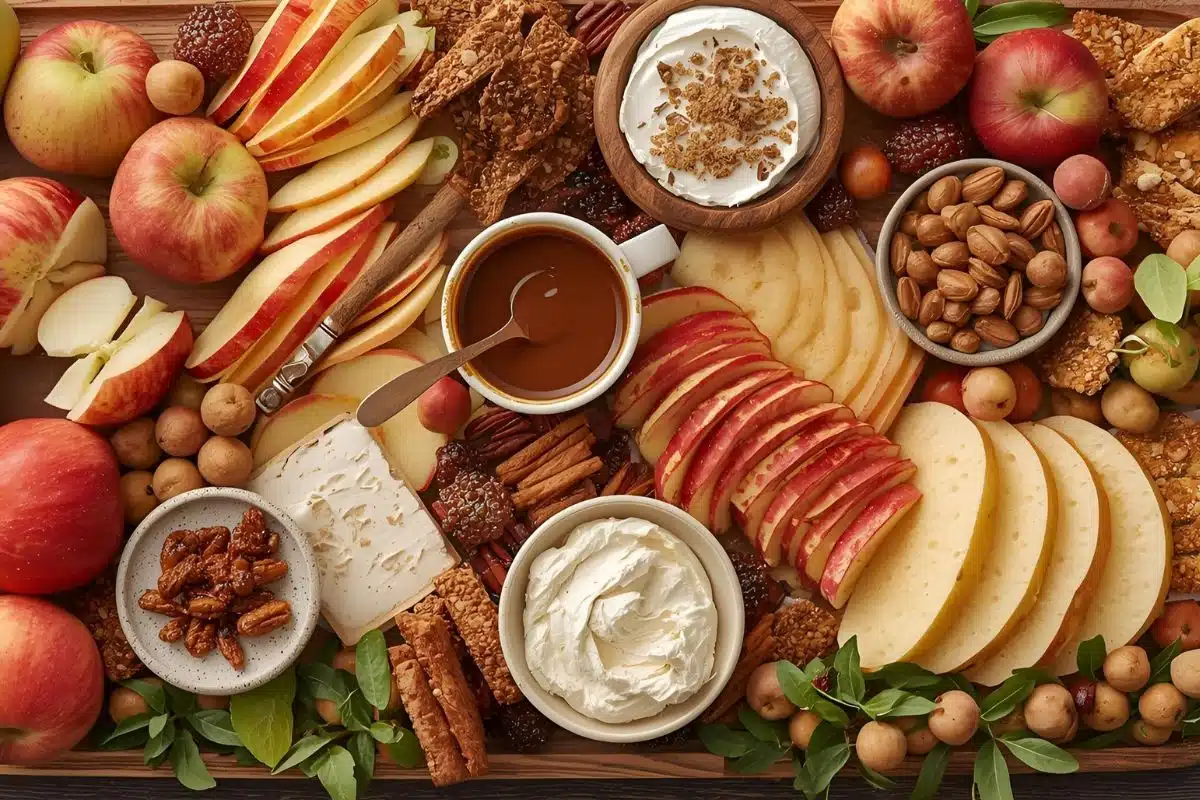Zero-Waste Cooking at Home: 6 Smart Techniques You’ll Actually Use
Zero-Waste Cooking at Home: 6 Smart Techniques You’ll Actually Use
Cutting down on food waste isn’t just good for the planet — it’s good for your wallet too. With a few smart techniques, you can turn scraps into delicious meals, reduce trash, and make your kitchen more efficient. Here are six zero-waste strategies that are practical, easy to adopt, and surprisingly satisfying.
Use Vegetable Scraps for Homemade Stock
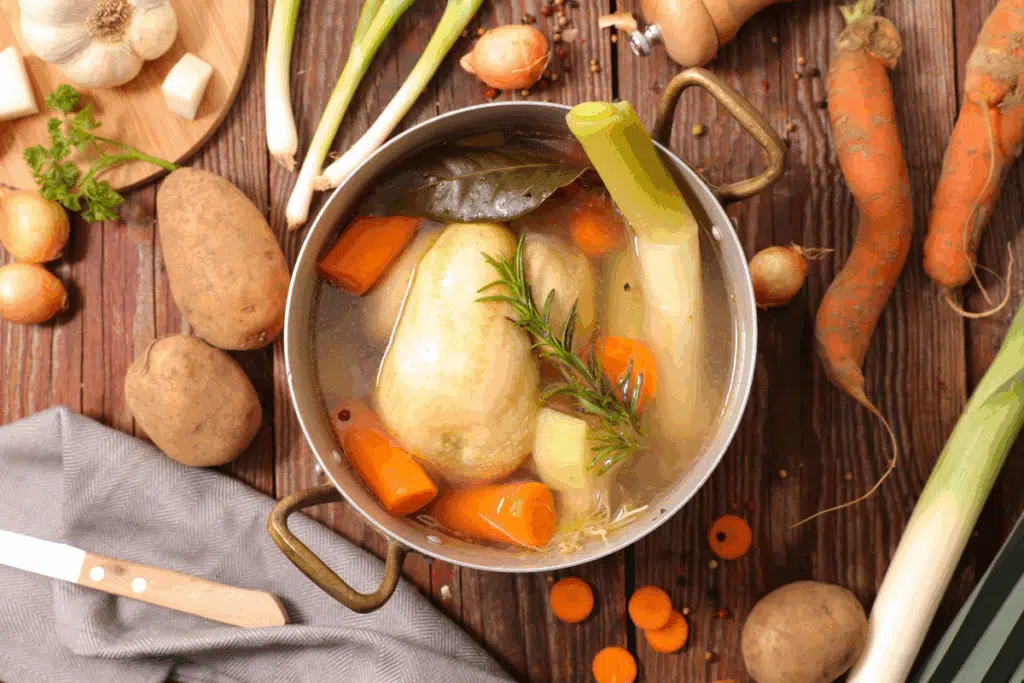
Instead of tossing carrot peels, onion skins, and celery ends, save them in a freezer bag. Boil them into a flavorful vegetable stock for soups, stews, or risottos. It’s an easy way to add depth to dishes while minimizing waste.
Repurpose Stale Bread
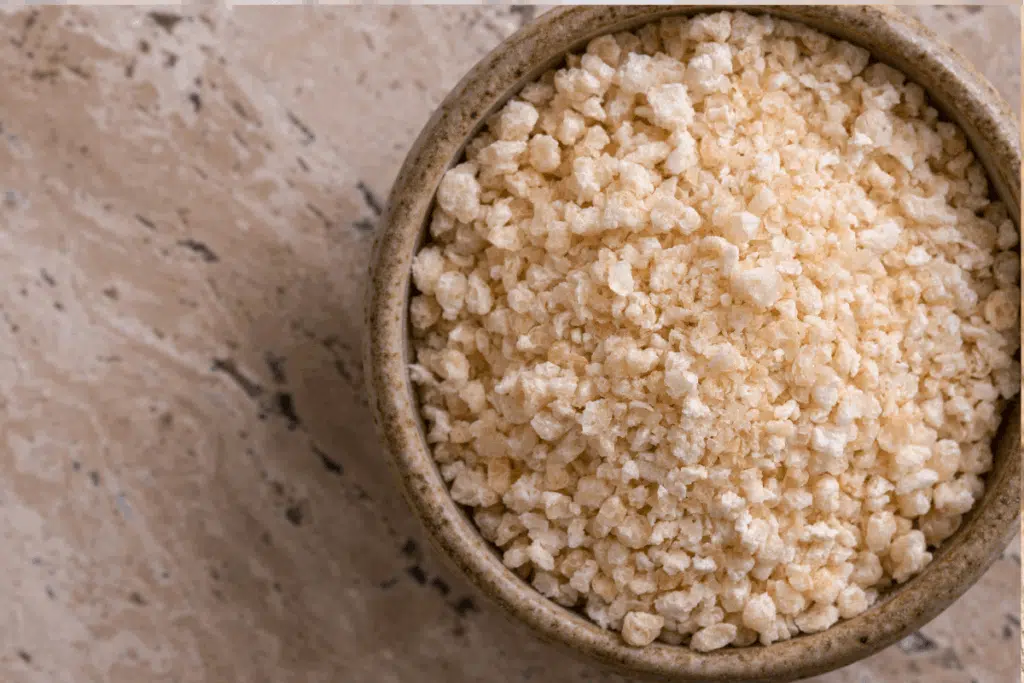
Leftover bread doesn’t have to end up in the trash. Turn it into breadcrumbs, croutons, French toast, or bread pudding — all simple ways to stretch ingredients further.
Freeze Leftovers Strategically
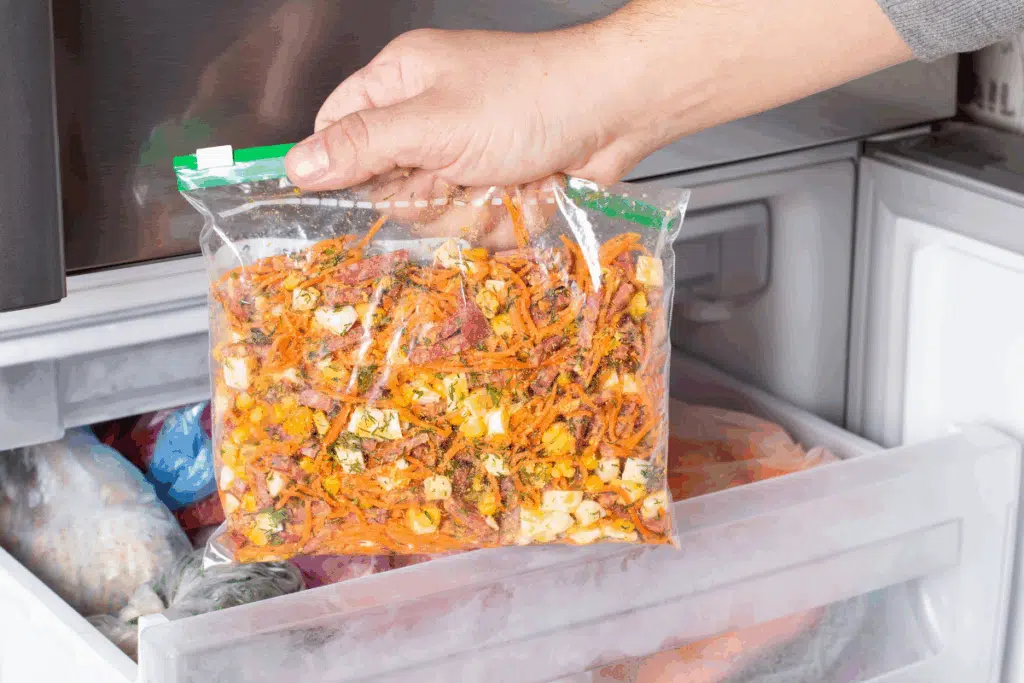
Whether it’s cooked grains, roasted vegetables, or sauces, freezing leftovers in portioned containers extends shelf life and reduces last-minute takeout temptations. Label and date everything to stay organized.
Embrace “Root-to-Stem” Cooking
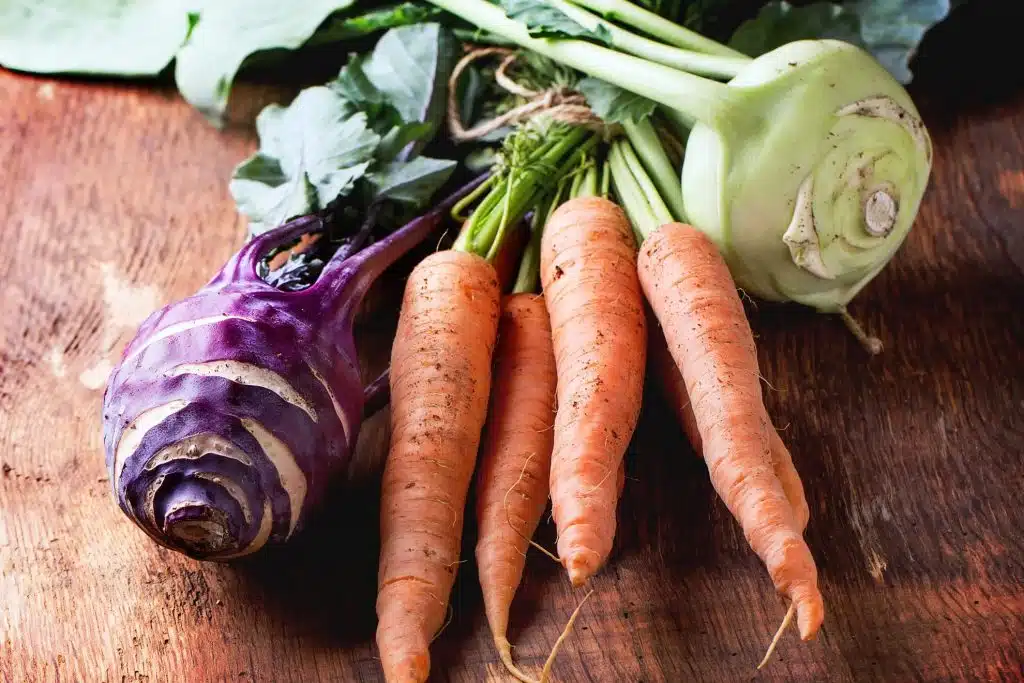
Many vegetable stems and greens are edible and nutritious. Use beet greens in sautés, broccoli stems in slaws, and cauliflower leaves in soups. Eating the whole vegetable maximizes flavor and minimizes waste.
Compost What You Can’t Use
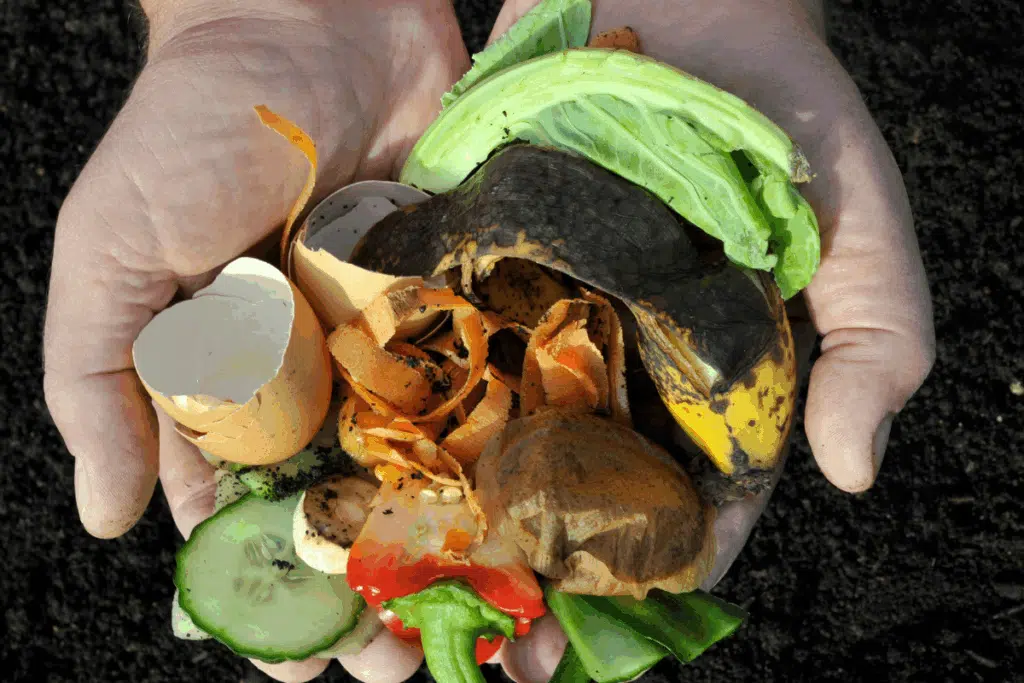
Even with careful planning, some scraps are inevitable. Start a small compost bin for peels, cores, and coffee grounds. Not only does it reduce landfill waste, but it also creates nutrient-rich soil for your garden.
Plan Meals Around What You Already Have
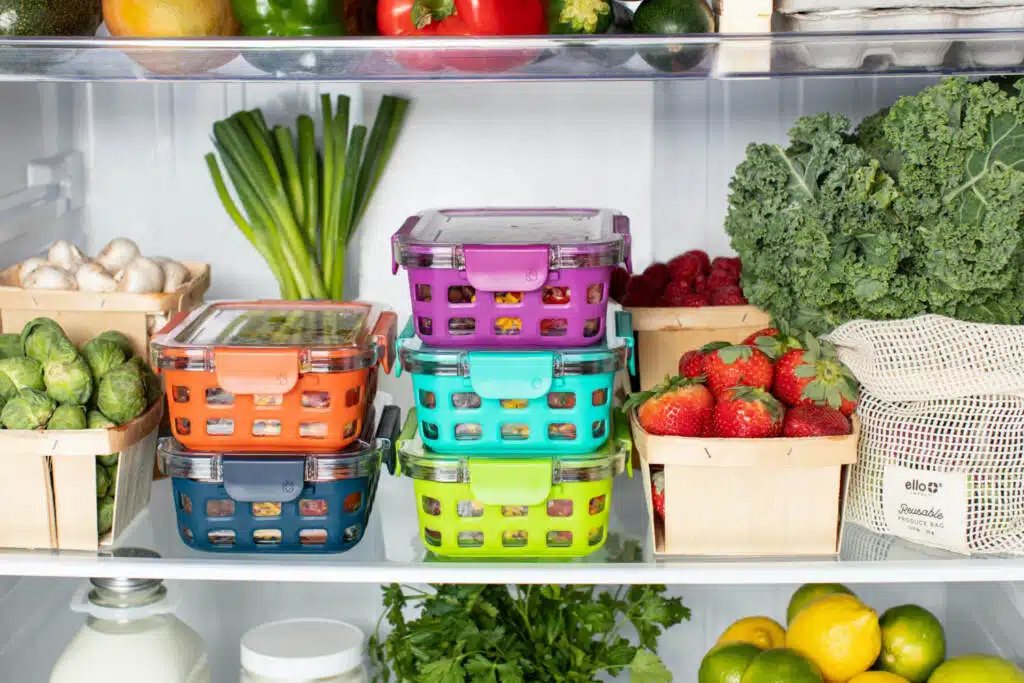
Before heading to the store, check your fridge, freezer, and pantry. Meal planning around ingredients you already own helps prevent overbuying, reduces food waste, and can inspire creative new recipes.
This post may contain affiliate links or sponsored content. Disclosure Policy

